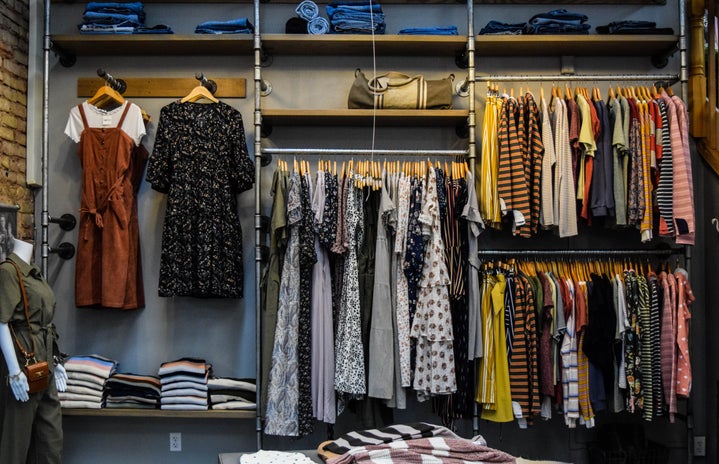Body positivity and body image are hot topics in the fashion industry of late. Pressure is being put on fashion brands, particularly ones that advertise online, on television and on social media, to be more inclusive and diverse in their representations of men and women in their fashion campaigns. For decades, researchers have been studying the effects of advertising images that feature “perfect-looking” models on society’s perception of their own beauty. With the advent of social media ripe on our doorstep, however, there is little escape from the constant stream of images of celebrities boasting slim, toned figures, reminding us that these are the the beauty standards we have set for ourselves in the western world.
Over the past 60 years, body shapes and sizes have changed drastically, corresponding with shifts in our modern lifestyles. According to Holly Royce, in the 1950s the average woman was a UK size 12, a bra size 34B and sported a 28inch waist. The average woman now is a UK size 16, would be closer to a 36DD with a waistline measuring approx. 34inch* and the industry needs to cater for these changes.
Plus-size models have been starting a body positive movement and taking a stand on social media platforms through the use of hashtags such as #effyourbeautystandards and #WeWearWhatWeWant to make sure it is known that women of all sizes around the world want to be represented in the media and want to feel included. The divisions between fashion brands creating clothing solely for smaller sizes and others choosing to focus on the larger end of the scale is slowly dissolving. Companies cannot ignore the statistics and the fact that their target audience comprises of a much wider variety of shapes and sizes than the ones currently being shown. As plus-size Supermodel, Emme stated,
“There are one hundred million women in [the US] that are a size 14/16 and we need to give them what they’re asking for because what you wear affects your life—if you love what you wear, it improves your day and the outlook that you have. Fashion can make a huge difference for a person.”
This is not to say that by simply featuring larger and smaller sized women of all shapes that we will have reached a symposium within the advertising industry. Rather, it will provide people with new beauty standards and new values. The inclusion of models of different races and ethnicities has become more common-place, but there is plenty more work to be done. The industry needs to promote self esteem and wellbeing, particularly among the younger cohorts.
“Worthiness does not have prerequisites”– Brené Brown
This is more than a movement, it is a revolution.
*These figures are based on western studies and most likely do not correlate with figures emerging from Asia or Third-world countries.


